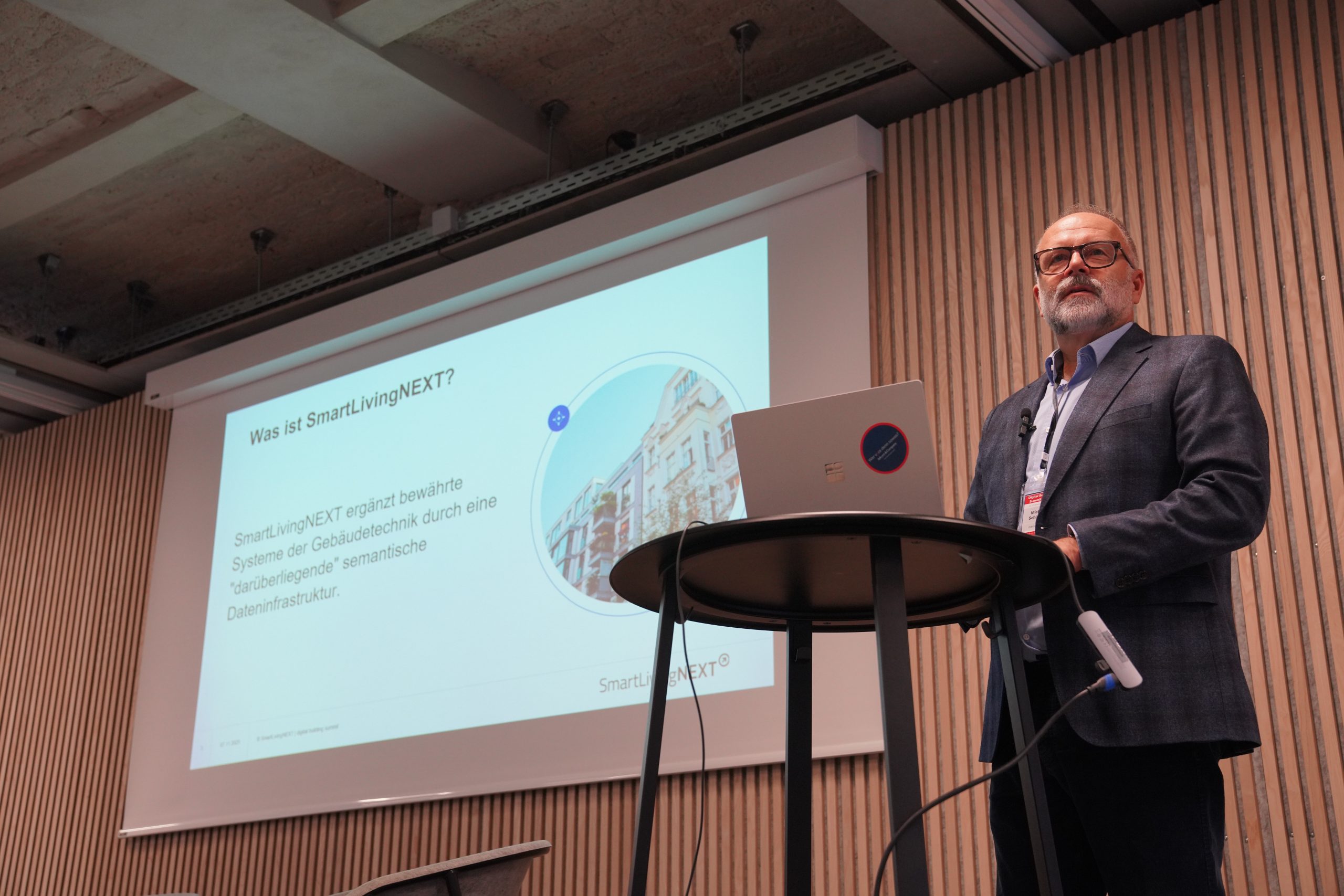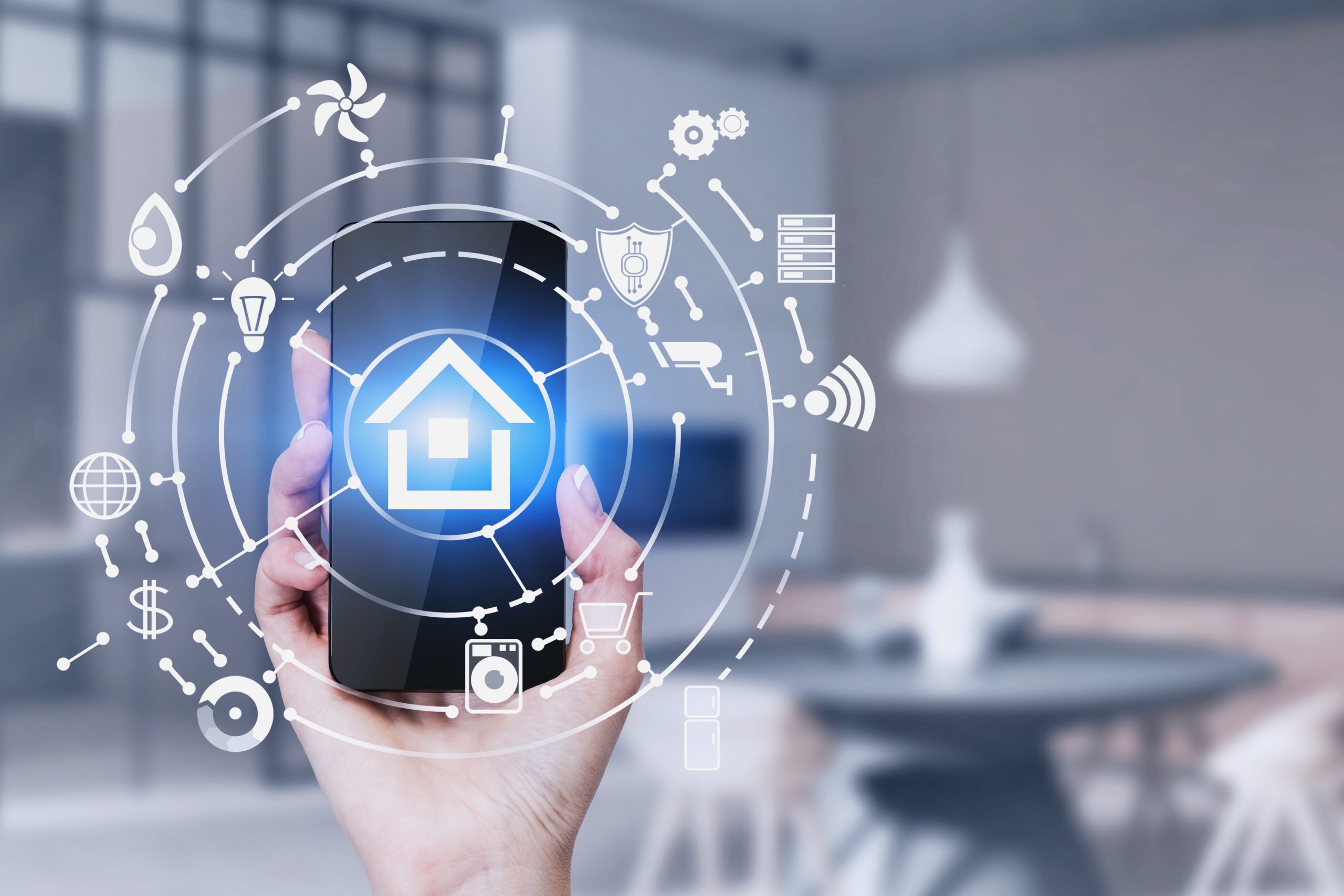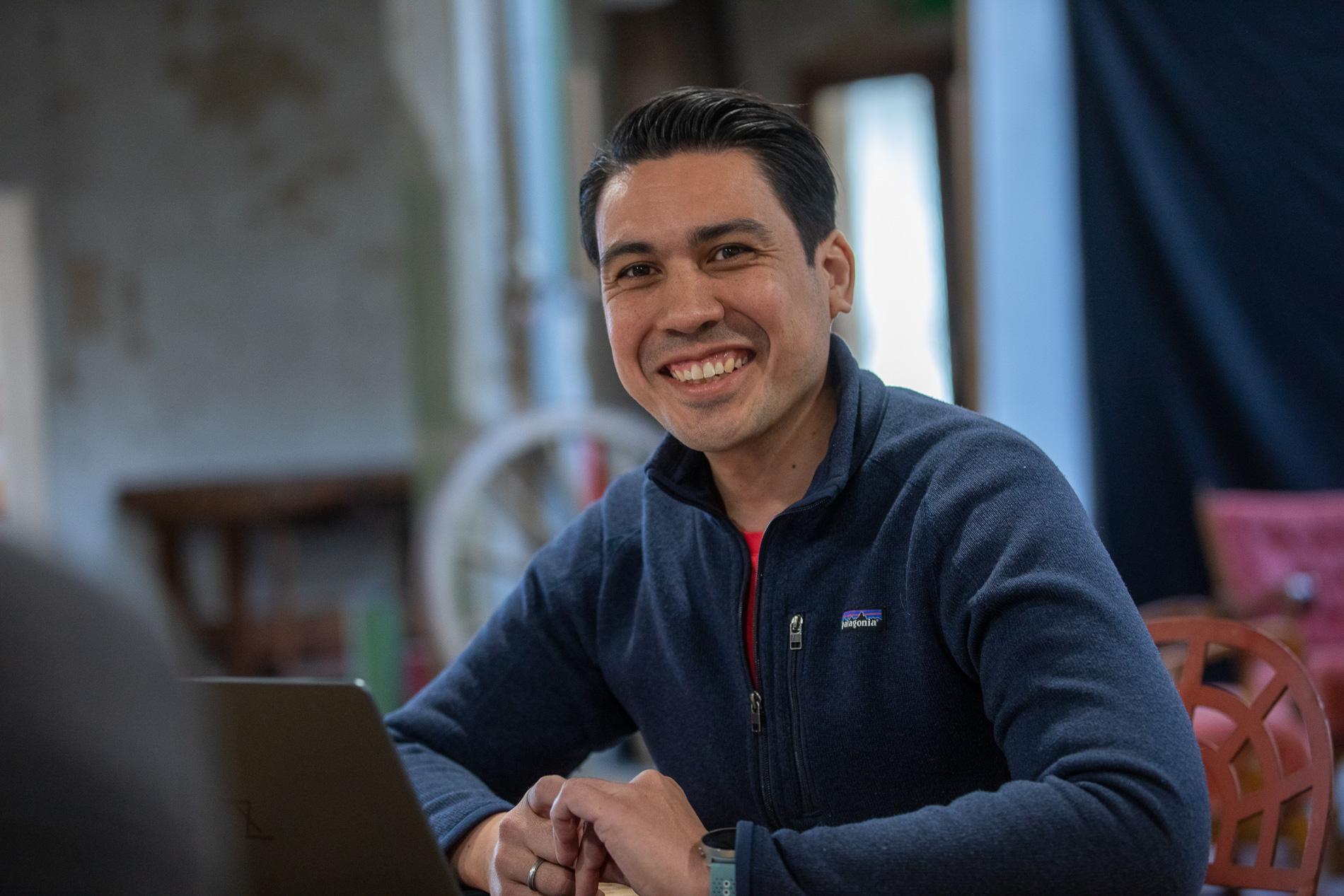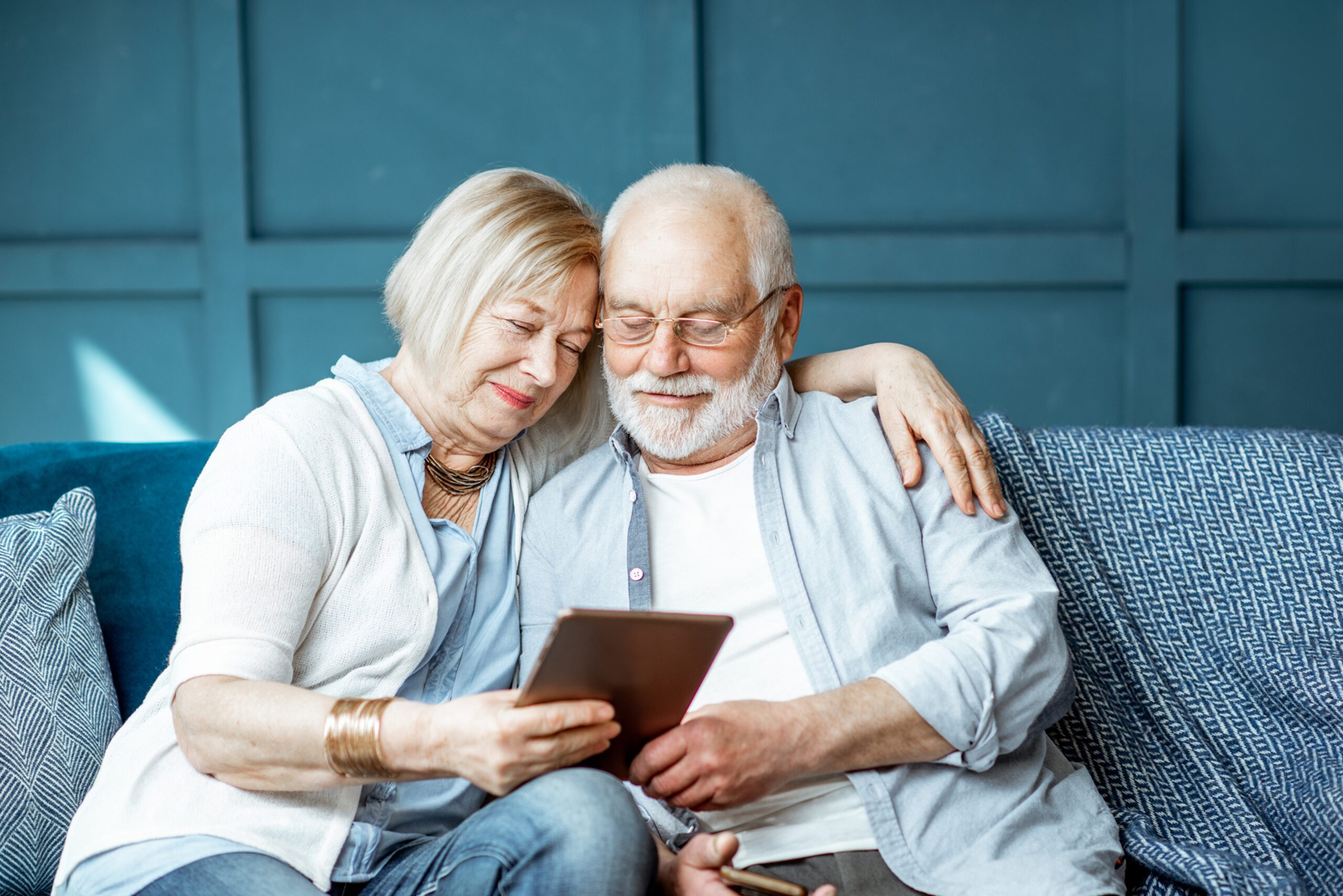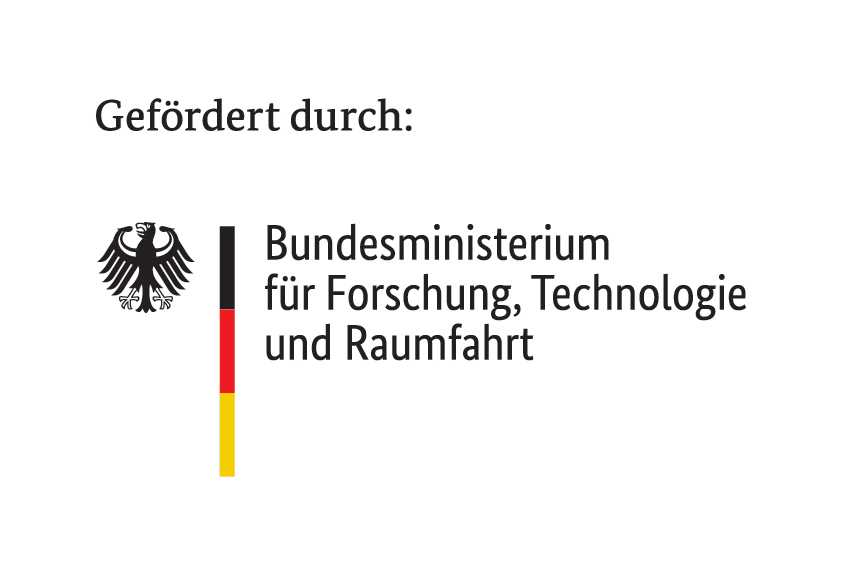ZVEI Digital R:Evolution Day: SmartLivingNEXT shows new pilot solutions for sovereign data exchange
30. September 2025
5 minutes
The ZVEI Digital R:Evolution Day 2025 offers a platform for the exchange of ideas on data-based innovations. This year, around 150 players from politics, business and science came together at the Quadriga Forum in Berlin to develop solutions for key issues of the future and get an idea of the current state of research. Right in the middle of it all: SmartLivingNEXT. The technology program showed how a sovereign exchange of building data can work in the future.
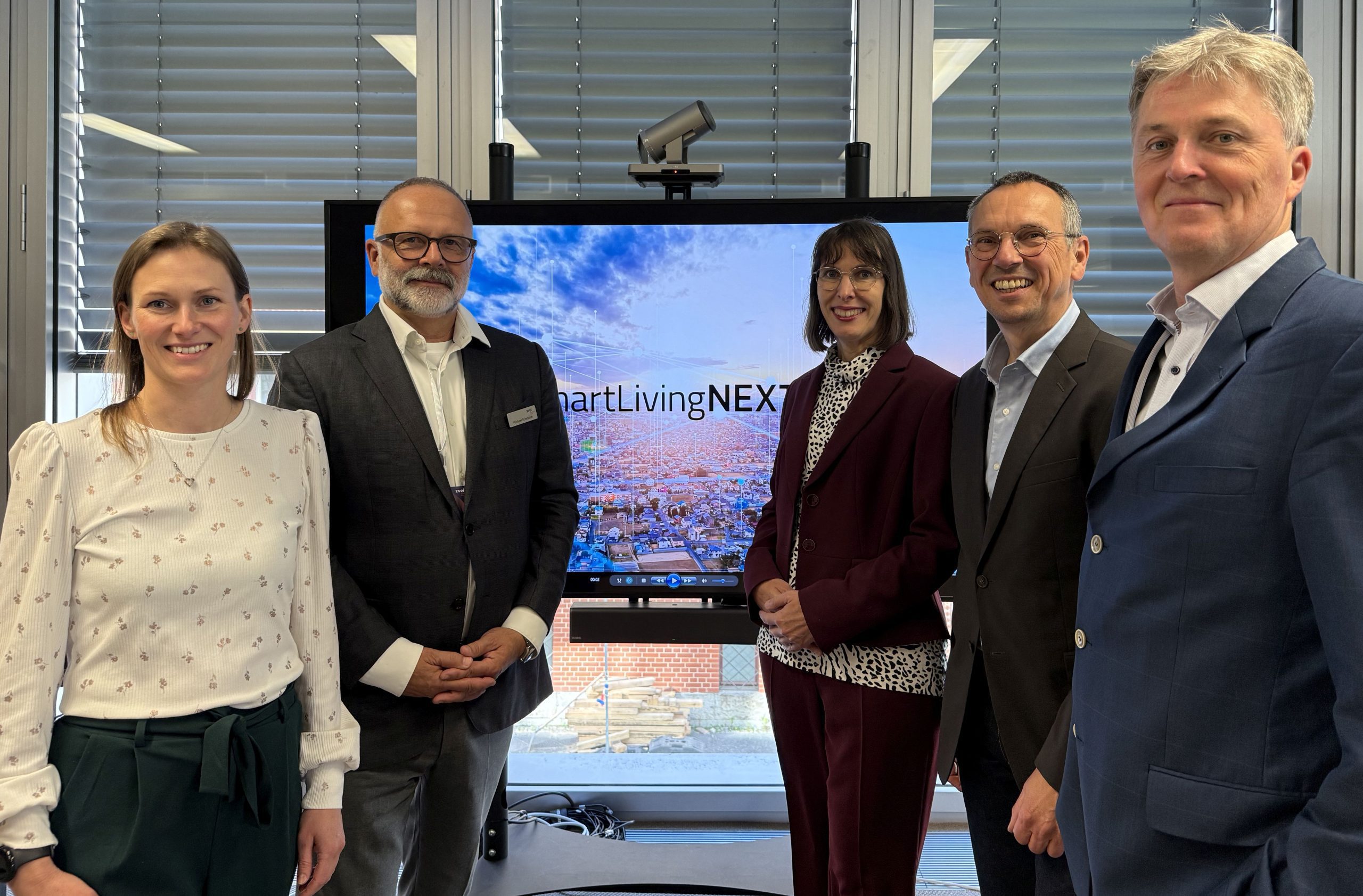
On September 24, 2025, SmartLivingNEXT presented two new pilot solutions at the ZVEI Digital R:Evolution Day: the data room portal (DRP) and the catalog demonstrator of the energy efficiency data portal (EEDP). Fanni Vespermann and Andreas Schulz-Dieterich from Materna, a consortium partner in SmartLivingNEXT, demonstrated to interested guests how the two approaches together form the basis for sovereign data exchange in the SmartLivingNEXT data room.
The data room portal: user interface for administration
The data room portal was presented here for the first time as a pilot solution and showed what it could look like in practice in the future. The focus was on functions such as onboarding new participants, setting up data offerings and managing policies and contracts. “The DRP makes administration much easier and minimizes operating errors. For example, it guides the user organization through the implemented workflows with the help of forms and provides explanatory help texts to help them through these workflows,” explained Fanni Vespermann. Within the SmartlivingNEXT ecosystem, the DRP forms a user interface for the administration of both the user’s own organization (e.g. company, association) and the data and services offered by this organization. It is part of the SmartLivingNEXT blueprint and is therefore available to all participating organizations.
The catalog demonstrator of the Energy Efficiency Data Portal (EEDP)
The EEDP catalog demonstrator illustrated how data from different sources can be bundled and made available in a structured manner. In the first development phase, the catalog integrates open data sources. Andreas Schulz-Dieterich: “With the catalog demonstrator, we show the cataloging of metadata from initially public data sources in an exemplary and visual way. This is a central component in our data ecosystem. The demonstrator can be used to explain how data from the SmartLivingNEXT Dataspace can be transferred into viable use cases using data from public bodies.”
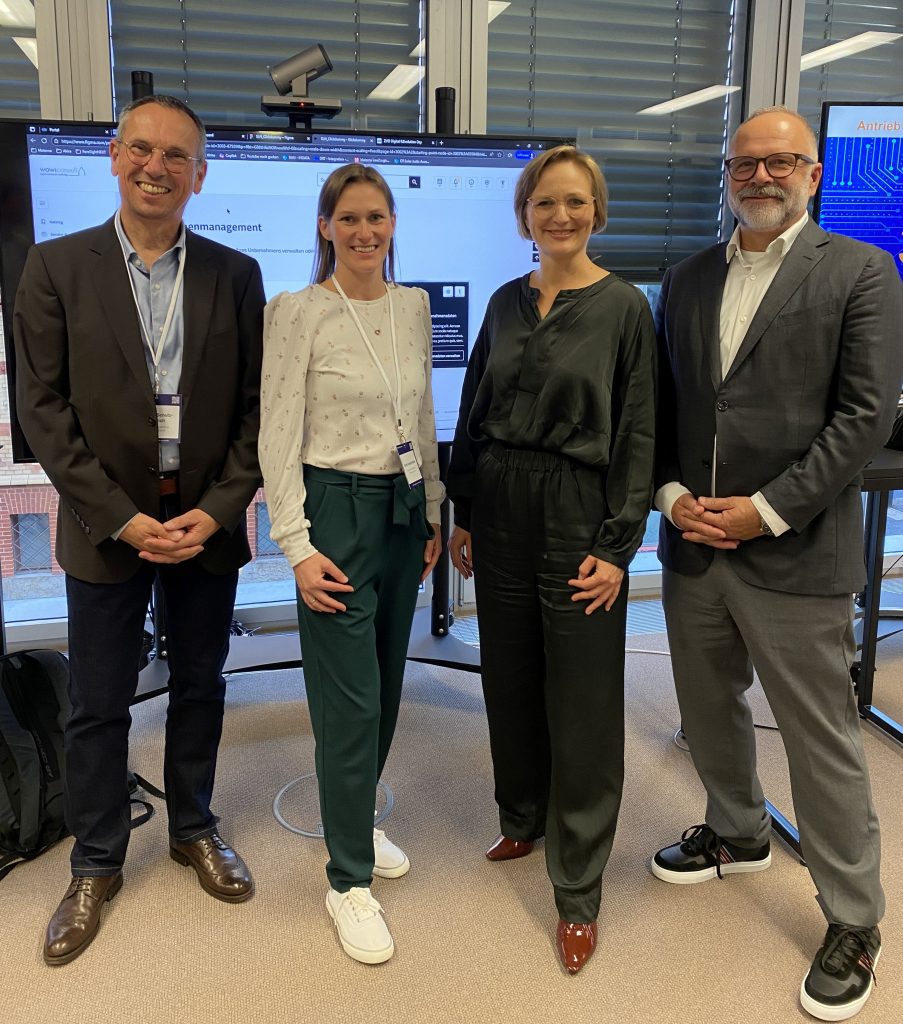
Both prototypes complement each other in their functionality and can be further developed in parallel. Their combination enables a comprehensive demonstration of the technical and functional possibilities. In the future, it is conceivable that both systems will be transferred to a joint solution.
Michael Schidlack, Principal Researcher at the Research Association for Electrical Engineering (FE) within ZVEI e. V. and consortium leader of SmartLivingNEXT, emphasized the scope of the developments: “SmartLivingNEXT will finally allow us to use data independently of the technologies installed in the buildings. This is particularly interesting for existing buildings. This should give digital applications a massive boost to growth, as digital services based on the SmartLivingNEXT data space can scale freely. This eliminates the previous need to align applications with specific systems installed in the building. This is comparable to the development of software applications for cell phones. Whereas until 2007, applications for cell phones – if they existed at all – had to be geared towards the specific device, since the introduction of smartphones on the mass market, applications have been able to be scaled as required. We expect a similar effect in building technology.”
The presentations of the two prototypes followed on from the successful rollout of the SmartLivingNEXT Dataspace Blueprint. This standard creates the basis for interoperable data exchange and has already shown how data and service assets can be managed and orchestrated. In addition to the development of a cross-building data ecosystem in SmartLivingNEXT, research is also being carried out on the energy efficiency use case, the so-called Energy Efficiency Data Portal (EEDP). For the first time, real consumption data can be merged with data on the building fabric and data from utilities and municipalities in a data room and evaluated. This is used for planning by all parties involved, for example with regard to energy and heat planning or ensuring grid infrastructure and stability. The system thus creates digital interfaces between local authorities, energy suppliers and the housing industry.
Listen to the article (in German):
Editorial office:
Ilka
Klein
Category:
Flagship project
